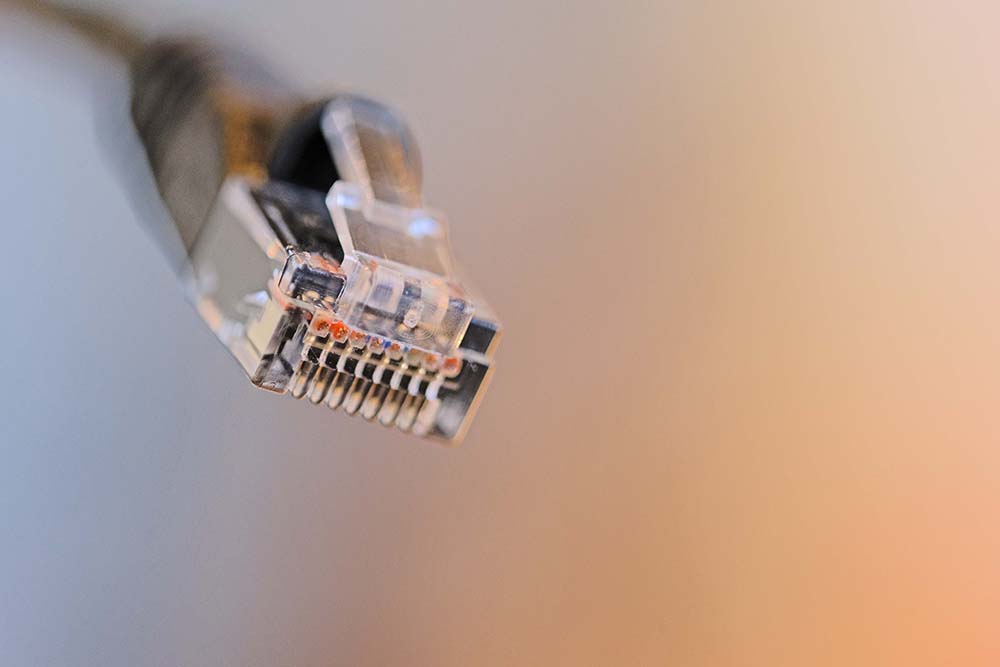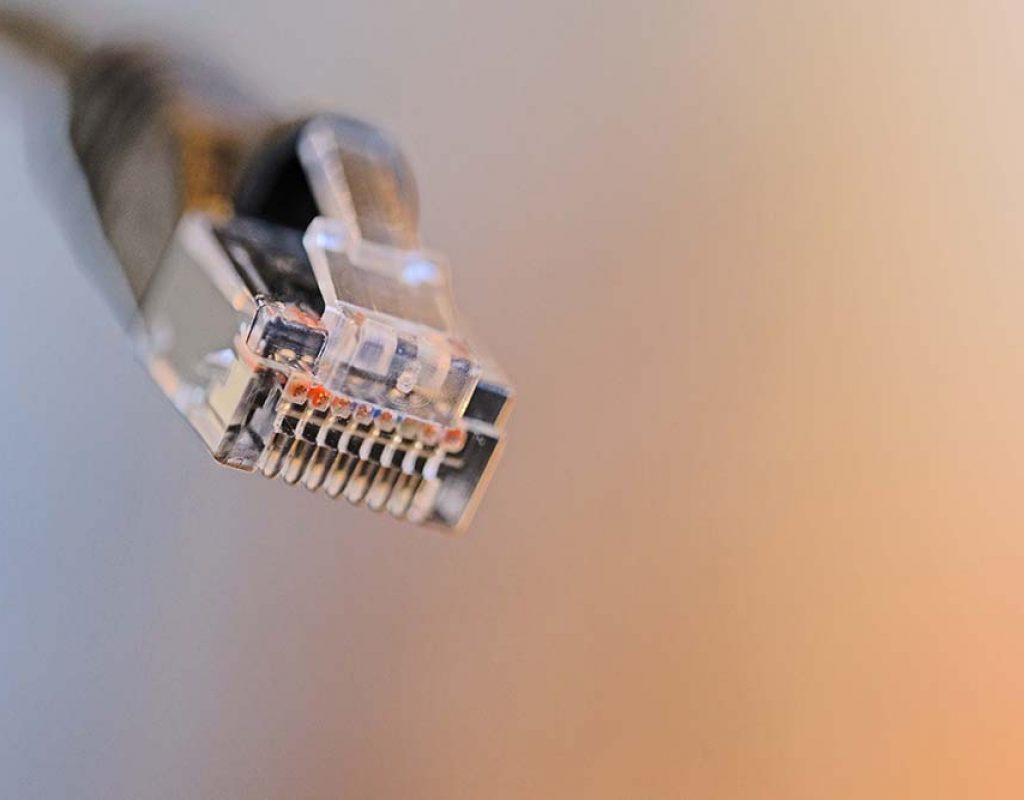
I spent my early years in Film and Television production during the transition from analog to digital. Beta had taken over broadcast and VHS had started a consumer revolution. That transition proved to be critical because it took place long before DV and HDV content could be captured to SD cards and SSD storage. It was a heady time of darkrooms and chemical developers, low-speed film stocks and TV cameras that weighed as much as a small elephant and also cost as much as a sleek Italian sports car.
This was a time when every connection was proprietary and video cables had limited lengths. In this era, the only way to change something already laid to tape was to cue up the deck, check the timecode, adjust the pre-roll and do an insert edit directly on the pre-recorded tape, in as little as 6 frames. Digital was still relatively young, with Pleasantville (1998) considered to be the first use of the Digital Intermediate in feature films. Avid was selling early offline editing systems and had been since 1989, finally achieving “Broadcast Quality” content some 3 years later.
We waded through these challenges and eventually got to the HDV era when the first HD cameras recorded the same long GOP data streams as used in terrestrial broadcast. These new capabilities allowed companies like Sony, Panasonic, Ikegami and JVC to offer the first “streaming” delivery back to the broadcast facility with the data transmission between remote reporter uplinks and the broadcast studios. It’s somewhat jarring to think back to those days now, as we live in a world that has become increasingly connected via Facebook and YouTube. Today, we can and are driven to check the status of every Instagram or Twitter update without a second thought about what it means to do so on a technical level.
Yet, while we were becoming digitally and emotionally attached to our devices, we overlooked the millions upon millions of security cameras that were being interconnected around the world. They were originally designed to protect us, utilizing the same fundamental technologies used to manage the data streams for all that Facebook, Instagram and Youtube content. However, this combination of IP and Video has moved beyond those original intentions, making it that much more important to understand this technology.
What exactly is IP Video?
Simply, IP Video utilizes basic Internet Protocols (IP) as the means to transport video and audio with ancillary metadata. It uses broadband ethernet based networking for connectivity and data rather than the legacy SDI (serial digital interface) cabling most are accustomed to using. Most of us working in the Corporate, Industrial, Education and Worship markets accept working around the issues of a single channel video signal, whereas the coming needs for 4K, 8K and the Wide Dynamic Range data streams required to enable HDR’s future, Video over IP offers a dynamic, scalable necessity allowing us to maintain the highest signal integrity in an ever-changing infrastructure.
Using ethernet connectivity to maintain professional levels of uncompressed audio and video signals is daunting at best. As a former IT guy, I’m not the slightest bit interested in going backwards to the tedious processes of manually addressing an IP infrastructure device by device. Using these Internet Protocols, you find devices by establishing subnets within the four-octet addressing scheme (ie:198.168.1.0) followed by the netmask (255.255.255.000) to pinpoint the address and physical location of your device as part of a larger topology.
A simple analogy for IP addressability is to think of it in the same manner as the address to your home, the subnet defines:
State > City > ZipCode > neighborhood
with the netmask defining that “last mile” to your exact location as:
Building > Floor > Room > Device
Auto-Discovery is a major part of the initiatives for simplifying the user experience and great effort is going into releasing products and providing protocols which will allow products to automatically declare themselves on the network, provide a list of their capabilities and find each other.
The viability of Local Area Networks (LAN) to control the data flow within a company or facility while a Wide Area Network (WAN) enables a smaller LAN group to function homogeneously with a larger corporate or facility infrastructure, and as part of the larger World Wide Web.
Within the structure we currently use with an embedded audio and video signal, SDI cabling only carries a single embedded signal for a limited length, whereas an ethernet backbone provides a greater number of simultaneous signal pathways over longer cable runs and provides for discrete channels of Video and Audio, essentially allowing simple embedding and dis-embedding of the two from virtually anywhere. That capability allows productions and the facilities to be distributed across a larger environment since the control room and machine rooms are no longer bound to the limited distribution issues found in SDI based connectivity.

What are the real advantages to an IP based Workflow?
The advantages of using an ethernet-based workflow for production or post are not always evident. Ethernet was designed as a bi-directional, multicasting environment, allowing a single source to deliver content to multiple end devices. That “server-client” relationship is little different than traditional broadcast, where a signal is sent out over the air to multiple receiving computers.
IP based production offers a distinct advantage because of location independence. You’re no longer limited to 50m-100m for a single channel of SDI when connectivity over multimode fiber reaches100km (60miles). That ability to provide a signal over greater distances removes the need for co-locating machine rooms and studio control, enabling them to be in the same building or situated in another city.
The advantage for IP is in the overwhelming volume of data that can be handled. SDI’s Coax cabling is limited to 12G providing enough capacity for one UHD/60P signal over very short distances. IP connectivity, on the other hand, can currently handle 100G’s of bandwidth and should exceed 400G in the near future, enabling delivery of any media or type of content. That’s regardless of whether you’re delivering 480p to mobile clients or multi-channel 8K HDR deliverables at 120fps for cinema.
One other enabling factor to consider, should be PoE (Power over Ethernet), utilizing ethernet’s cables inane ability to supply power to local devices downstream, as it requires HDBaseT implementations with shorter runs and simpler signal flows do make possible device delivery of 60W-100W of power in addition to simultaneously maintaining high frame rates and large raster streams of data is possible with PoE. It makes future ethernet connected devices simple, compact, and easier to use, much like working with the plethora of USB, Firewire and Thunderbolt devices we connect with today.
So what are the disadvantages then?
Today, the primary disadvantage is the cost of implementation and the lack of native IP devices. IP centric production changes can potentially require an additional 20-30% increase in budgeting to support and sustain infrastructure changes as needed. Existing organizations have already made substantial investments in SDI based workflow solutions and networking, making abandonment of current infrastructures doubtful. A vast majority of the existing digital workflows were newly installed during the FCC’s transition to digital broadcast transmission from just a few years ago. Many facilities will most likely transition using hybrid IP workflows, where the existing SDI infrastructure will be augmented with IP technologies as changes to those parts of the infrastructure require.
The change to IP based workflows will be subtle and won’t happen at the same time. The first to transitions will likely be for editing and graphics, as they are the least reliant on the existing SDI infrastructure because Avid, AJA, Blackmagic, Chryon-Hego, Grass Valley, Imagine Communications, Matrox and Newtek already offer a wide variety of IP based I/O solutions. These solutions accommodate switching, and I/O capabilities for nearly all existing editing and graphics platforms.
Is NDI the solution to our connection woes?
In any facility, user connectivity always ends up causing the most issues for individuals as well as the infrastructures. The wireless connectivity we enjoy on our phones and tablets has definitely spoiled us when it comes to connecting devices to the internet. We all want to be able to just plug and play all of our devices using DHCP, to expedite auto-configuration and discovery on the network by defining all of the necessary parameters. Doing so inherently allows these devices to directly communicate with each other across the network or across the world.
Yet, with the stringent requirements needed for uncompressed audio and video, those issues quickly become far more complex. In 2015, NewTek announced the Network Device Interface, a loose alliance of ideas, known collectively as NDI, a software-based architecture solution designed to work over a Gigabit or better network connection. It uses a dynamic VBR (variable bit rate) encoding of the data signal that is then distributed as needed across an ever-widening variety of printers, projectors, routers and switching on your local network. By utilizing the mDNS connectivity protocols that Mac users call Bonjour and everyone else calls Zeroconf, it can set up and administer the automated device discovery mechanisms used in controlling the networks connectivity.
Initially restrictive in bandwidth, recent upgrades to NDI now allow users greater accessibility to process and distribute 4K content. NDI is being openly distributed under royalty-free licensing for Macs, Linux and Windows PC’s, as well as being ported to work on iOS and Android as well as Raspberry Pi and FPGA’s configurations for developmental projects. With thousands of devices preconfigured for NDI use, Newtek and other manufacturers, are showing they understand how incredibly important unifying the ease of access is utilizing NDI’s auto-discovery to overcome the connectivity IP Video’s next hurdle.
Where does SMPTE 2110 stand in all of this?
The SMPTE 2110 specifications were ratified by the Society of Motion Picture and Television Engineers in 2017, defining a new standard that allows IP networks to transmit Video, Audio and Metadata. This standard utilizes a far more accurate time base, freeing users from the embedded audio and video most associated with professional video workflows. This SMPTE-defined standard allows manufacturers to build a wide variety of tools and devices that all have commonality for connectivity. It’s been an important development since it provided that last step of continuity, demonstrating how location independence, format agnostic file handling could function while establishing a viable path to future advancement benefits for manufacturers, facilities and even consumers. As the SMPTE 2110 standards roll out and items like compressed video over IP, ANC transmission and metadata delivery are addressed, you can expect to see an increase in adoption around the industry.
All of this leads to a broader future for both professionals and consumers. For professionals, IP based solutions enable efficiencies for large and small productions as they move beyond HD into 4K, 8K, HDR and beyond. Critically though, they can do so using the same fundamental infrastructure as the market expands and changes. It will also allow a wider diversity and distribution of personnel, something most of us are already experiencing in production by using data content collaboration using tools from companies like Frame.Io and Wipster. These tools allow workgroups to coordinate on video production and post in much the same manner as they would when sharing files via Google Docs and Whiteboards.
We live in a digital world and IP Video will allow us to take the first steps of aligning our work environment within the connected lifestyle enabled by our devices. In doing so, we’ll be able to more easily spread abilities and capabilities across our neighborhoods, our countries and the world at large. Think of IP as the next step in the digital revolution of our entire society.
I would like to acknowledge the assistance of Scott Carroll and Brian Olsen (NewTek), Bryce Button( AJA) and especially to Phillip Grossman from PGP Images / Imagine Communications for their assistance, conversations and guidance on this topic.

Filmtools
Filmmakers go-to destination for pre-production, production & post production equipment!
Shop Now













